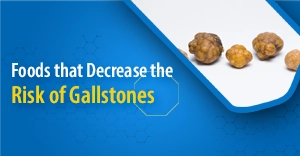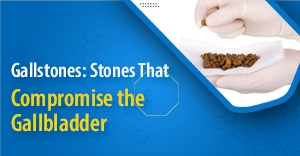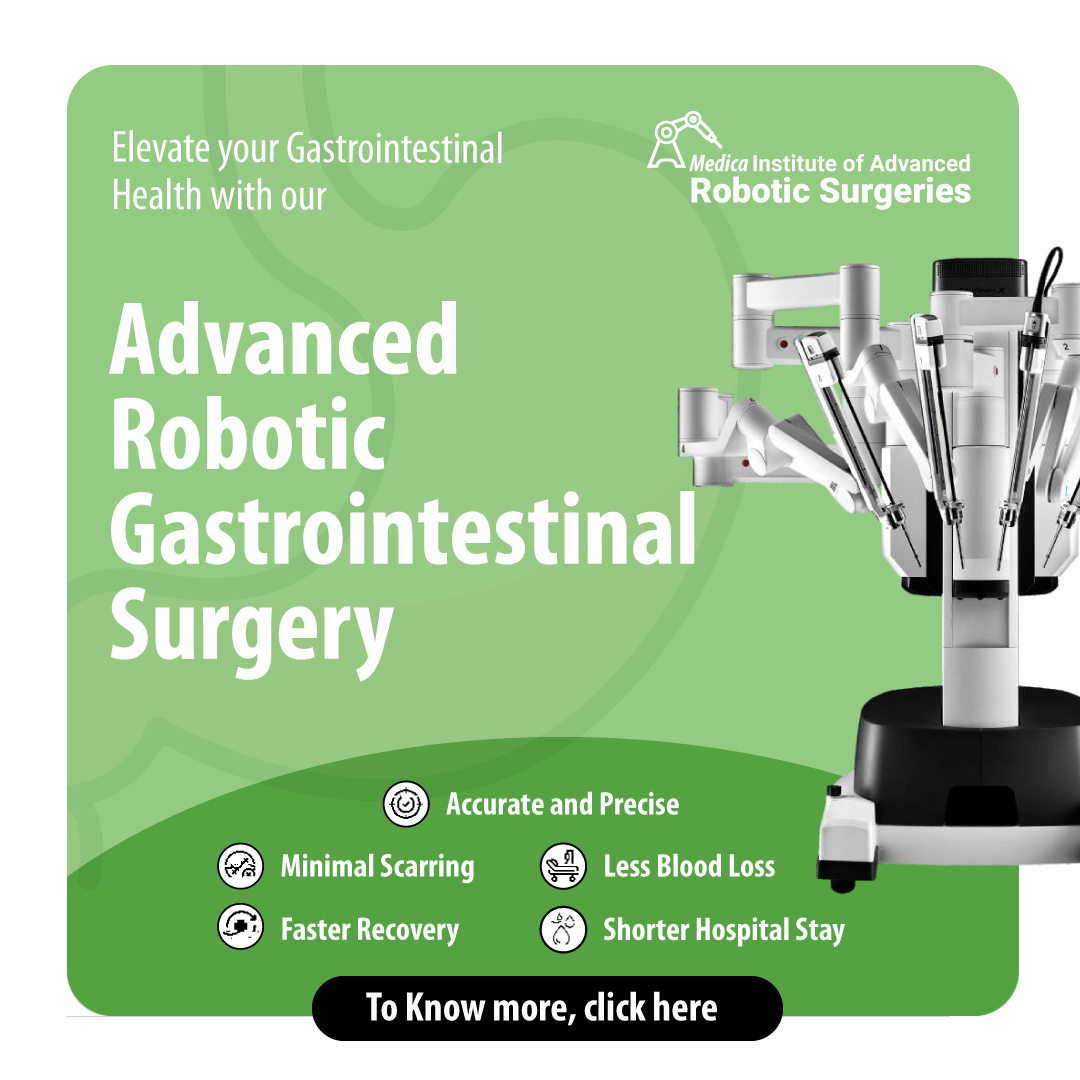Gallstone is a disease that occurs worldwide. It is a common and routinely asymptomatic disease. That is one of the main reasons why many people go on to live their lives unaware of these stones for years. Gallstones are nothing but hardened pieces of digestive juices that form in one’s gallbladder.
Free Doctor Assessment
Medica’s Treatment for Gallbladder Stones:
People with silent gallstones don’t require any treatment. The treatment of gallstones depends on the symptoms and reports of the diagnostic tests. The doctor will advise treatment when you experience severe signs and symptoms.
Options for the treatment of gallstones include:
- Dissolving gallstones through drugs: Orally administered medications may help in dissolving gallstones. Drugs take time of months or years of treatment to dissolve the stones. Treatment does not provide a permanent solution to the problem. The gallstones will likely form again.
- Removing gallbladder through surgery: Surgery for removing the gallbladder is known as cholecystectomy. The surgery removes the gallbladder. Then the bile directly flows from the liver to the small intestine instead of being stored in the gallbladder.
Removal of the gallbladder does not affect the efficiency of digestion of food. Cholecystectomy can be of two types: Open method and Laparoscopic method. Open surgery includes only 1 large cut of 4 to 5 inches in the upper right side of the belly.
Laparoscopic Gallstone Surgery
Our skilled doctors choose to perform the laparoscopic method to remove the gallbladder. It is a less invasive surgical procedure that requires only a small incision. Because of this quality, the operating time and the recovery time both become very less. This is an effective gallstone treatment that is seemingly painless.
How is it done?
A laparoscope, a medical device with an inbuilt camera, is inserted through a small incision during a modern daycare surgical procedure. Once the incision is made, surgeons can use the camera to examine the internal structures after which they take out the gallbladder through the same method.
Proper medication and treatment can help remove gallstones naturally
Seek help from an expert
Call NowWhat is a Gallbladder?
The gallbladder is a pouch-like organ located right below the Liver. Its main function is to store the bile that is secreted by the liver. Bile is a digestive fluid that helps with the process of digestion.
When certain substances such as cholesterol and bilirubin found in bile become hard, they start to form these stones or lumps. They can be both small and big in size depending on the stage at which individuals are getting diagnosed.
Cholelithiasis is another name for gallstones. It is said so because the cause of the disease is the solidification of cholesterol in the gallbladder. These lumps could lead to trouble when they end up blocking the bile duct. That causes one immense pain which undoubtedly will need immediate treatment.
Everybody suspecting should note that in a recent study of 2008, it was revealed that the prevalence of gallstones in adults is around 10 percent. And this number has been increasing with each passing year.
How do Gallstones form?
The formation of gallstones takes place mainly due to the imbalance between certain chemicals present in the gallbladder. These compounds are cholesterol, calcium bilirubin, and calcium carbonate.
There are two types of gallstones: Cholesterol stones and pigment stones. The most common type of gallstone are the cholesterol stones. They have a yellow-green appearance and makeup of 80% gallstone. Pigment stones are dark and small stones formed by bilirubin.
Risk Factors of Gallbladder Stones:
Now you know that gallstones are a common problem. So it is necessary to know the risk factors for gallstones. Understanding the risk factors decreases the chance of developing gallstones in your gallbladder. These risk factors are:
- Family history
- Age over 40
- Obesity
- Women
- Low fiber & High fat or Cholesterol diet
- Less physical activity
- Pregnancy
- Type 2 diabetes
- Crohn’s disease
- Hemolytic anemia
- Liver cirrhosis
- Medications for lower the cholesterol
- Estrogen-containing medications, such as oral contraceptives or hormone therapy drugs
- Fasting
Causes of Gallbladder Stones :
- When the high amount of cholesterol present in bile
The liver excretes a fatty substance, cholesterol. The body requires cholesterol in some quantity. But excess excretion of cholesterol becomes harmful for your body.
Bile has some chemicals to dissolve cholesterol. When the liver excretes more fatty substances the bile becomes unable to dissolve. It causes the deposition of excess cholesterol in the gallbladder. The excess cholesterol precipitated in the form of crystals and stones. It eventually forms the gallstones.
- When too much bilirubin present in bile
Bilirubin is a chemical that appears yellow. The regular breakdown of red blood cells forms bilirubin. Bilirubin may be responsible for the formation of gallstones when the Liver produces too much bilirubin.
The liver produces excess bilirubin in such conditions- liver cirrhosis, biliary tract infection, and certain blood disorders.
- When emptying of the gallbladder is not proper
Sometimes the gallbladder doesn’t empty completely or enough. It causes bile to concentrate in the gallbladder and contributes to the formation of gallstones.
Symptoms of Gallbladder Stones:
The symptoms of gallstones depend upon the size of the stones. Most gallstones may cause minimal or no symptoms. Gallstones have no symptoms known as silent stones. Silent stones do not require any treatment. The gallstones may include the following symptoms
- Pain in the upper mid-abdomen
- Sudden and intense pain in the upper right abdomen or just after the breastbone.
- Pain in the right shoulder
- Pain in chest
- Nausea
- Vomiting
- Indigestion of food
- Heartburn
- Acidity that leads to gas
- Jaundice
Most people experience pain as a symptom of gallstones. This steady pain can last for 15 minutes to some hours. Repeated episodes of pain can be severe and remain from one to three hours.
Gallstones can cause more severe conditions such as cholecystitis. Cholecystitis is the condition of inflammation in the gallbladder. When a stone blocks the cystic duct, it increases the pressure in the gallbladder that causes cholecystitis. The condition requires medications like antibiotics and even immediate medical surgery.
The stones that block the common bile duct can cause jaundice, infection, and pancreatitis. It causes severe symptoms of severe pain.

World Renowned
Experts

Laser Assisted
Surgery
EMI Facility
Available

Covid Safe
Environment
Diagnosis:
- Abdominal Ultrasound is a general method to diagnose gallstones. Ultrasound provides high accuracy without any feeling of pain. It transmits high-frequency sound waves that produce echoes. The echoes will be recorded and converted into video or photographic images of the internal structure of the abdomen.
- Endoscopic ultrasound (EUS) is another diagnostic procedure that is a combination of ultrasound and endoscopy.
- Other imaging tests: Oral cholecystography, computerised tomography (CT), hepatobiliary iminodiacetic acid (HIDA) scan, magnetic resonance cholangiopancreatography (MRCP), or endoscopic retrograde cholangiopancreatography (ERCP) may be performed in addition. Gallstones discovered during an ERCP procedure can be removed.
- Blood test: Blood tests may reveal infection, jaundice, pancreatitis, or other gallstone-related complications.
When to see a doctor
Symptoms of a gallbladder problem may come and go. However, you are more likely to develop a gallbladder problem if you have suffered from one before.
You can prevent gallbladder problems from worsening by taking action and seeing a doctor on time. Symptoms that need immediate medical attention include the following:
- Abdominal pain that lasts at least 5 hours
- Jaundice
- Pale stool
- Sweating
- Chills or low-grade fever









